Everything you need to better understand the basics of sustainable seafood
The seafood system fosters a network of small-owned and operated fisheries.
From deck to dock to dinner table, it is easier than ever to source fresh seafood that's traceable, trusted and encourages a healthier food system.
"Good Morning America" reeled in expert advice from marine scientists, founders of national fishery networks and an environmental impact food blogger to take a deep dive into what consumers need to know about the eco-friendly seafood system.

What is sustainable seafood?
"In the most basic terms, sustainable seafood means seafood that's caught at a rate that allows the population to continue to replenish," Emily De Sousa, a food and travel blogger, told "GMA."

De Sousa, a fisheries scientist, said her family immigrated from the coastal islands off Portugal where there is a rich history in small-scale and locally supported fishing. De Sousa created Seaside with Emily, a coastal-focused blog that shares her research on sustainability of global fisheries, educates consumers and makes it easy to eat seafood in a sustainable way.
Sustainable seafood should consider the impacts of how harvesting affects its surrounding marine environment, De Sousa said, explaining that means "using minimally destructive gear types and implementing strategies that limit interference with other wildlife."
Why sustainable seafood matters
Choosing sustainable seafood items helps protect the ocean ecosystem and ensures a healthy supply of seafood species for the future.
Alan Lovewell, founder and CEO of Real Good Fish, translated his marine and environmental policy background into a company that makes sustainable seafood more accessible. The Martha's Vineyard native, with deep family ties to the Massachusetts maritime industry, told "GMA" that his "life experiences completely shaped ... how I think people should be experiencing seafood."
"I really believe that people should be seeking out more as like an experience, an adventure and something fun versus just a piece of protein on our plate," he said. "Seafood is unique because there's a lot of story behind it."

Whether it's hook and line, longline, trawling, seining or another variety of methods, Lovewell said it can all be considered sustainable, "especially if it's coming from a harbor or port close to where an individual lives."
"People are surprised to learn that seafood travels on average 5,000 miles before it ends up on your plate," he said. "If we support more local fisheries we are making a huge impact and eating fresher more sustainable seafood. It's a win, win, win."
Joshua Stoll, an assistant professor of Marine Policy at the University of Maine who has dedicated his focus to the human dimensions of fisheries systems and social-ecological dynamics, agreed that it's pivotal to reduce the number of miles and the carbon footprint between boat and plate.
How to shop for sustainable seafood
"Think about who is it from? If you can make that connection to a seafood harvester or fishing community, then you know that your investment is supporting small-scale operators and coastal economies," Stoll explained. "Is it domestic? Who's it from? Those two things are what I would encourage people to think about."
Consumers can comfortably shop for domestic seafood selections in retail stores, because "if it's from the United States, it's a pretty good chance that it's sustainable," Stoll said. "The U.S. is looked at from around the world as some of the best fisheries management. The National Marine Fishery Service by law is required to follow these 10 national standards that equate to sustainability and every year they report to Congress."
Lovewell shared three simple things to keep in mind while shopping for sustainable seafood:
1. Eat American seafood caught locally or regionally preferably.
2. Eat seasonal variety, not just the tuna, salmon and shrimp, but the delicious and unique species that you might not have had before.
3. Ask where your fish was caught and how it was caught. Transparency is hard to come by in this industry, so seek out and support the businesses you can trust.
Plus, eating lower on the food chain is typically considered to be more sustainable.
"Eating fish like mackerel and sardines instead of tuna or sea bass can be better for the environment because these smaller species have shorter life spans, reproduce more readily and as a result are more resilient to fishing pressure," De Sousa said.
When shopping in a supermarket versus a farmer's market or buying seafood directly from a fishery, De Sousa encouraged shoppers look for an eco-label, warning that mislabelling certain seafood as sustainable has been an increasing issue.
"A recent study by OCEANA found that while seafood mislabelling is a very serious problem, seafood that was certified sustainable by the Marine Stewardship Council was correctly labelled 99% of the time," she said. "Consumers can feel confident that MSC-certified seafood is labelled correctly."
Like Lovewell, De Sousa added that it's important to "talk to the people working at the seafood counter and ask them what seafood has come in recently, where it was caught, how it was caught. Generally, if people are doing things sustainably they'll be eager to show it off and answer your questions."
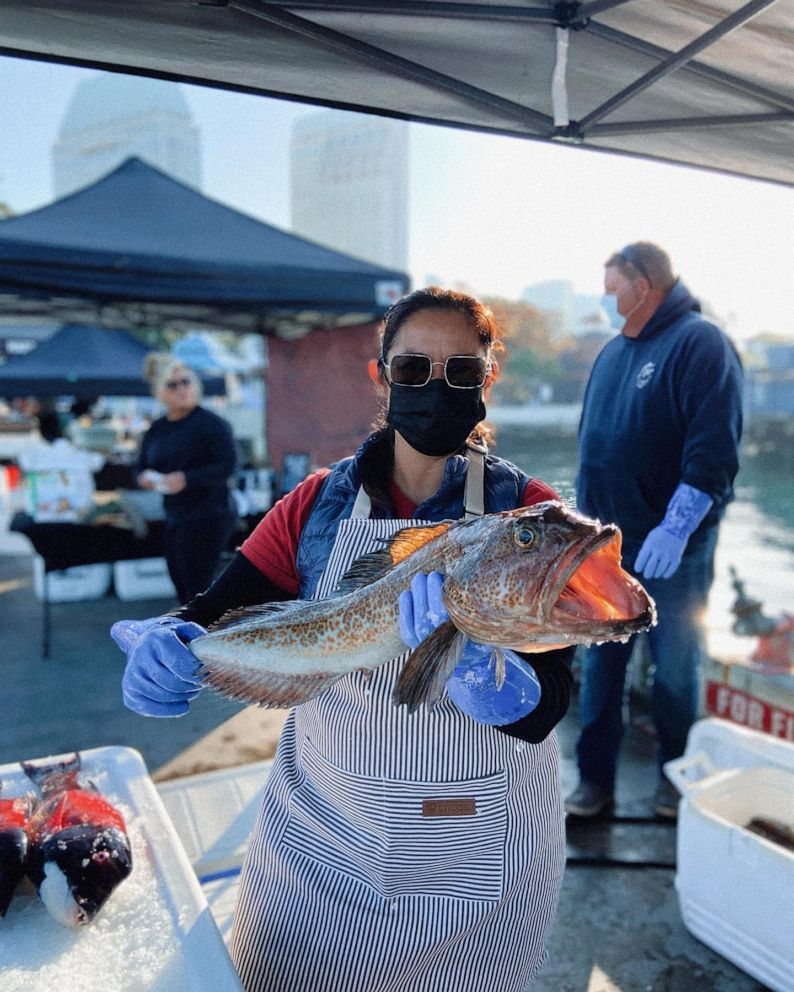
Resources online to help find the best catch
Whether you live in a coastal city or landlocked state, buying sustainable seafood is easier than ever with online options and community-supported fisheries that can get fresh-caught seafood that is packed and frozen on the boat and delivered right to a customer's door.
Lovewell's company, Real Good Fish, supports a network of small-scale local fishermen and fishing communities to do just that in 39 states.
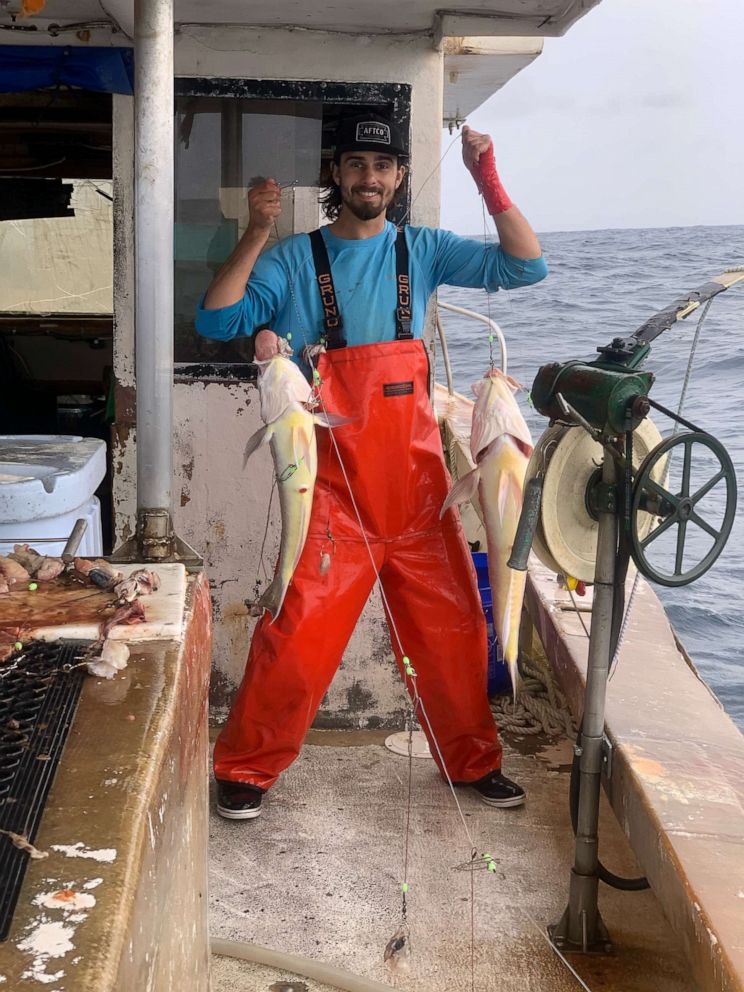
"It's about the shortest supply chains, and full transparency of where the fish is caught, who caught it, what gear they used. Our supply chains are simple: from the boat to the dock, from the dock to our processing facility, from the processing facility to your door," he said.
Use a local seafood finder
Advocates and volunteers around the industry have created hubs, like the Local Catch Network, to shorten the supply chain and get consumers as close to the seafood source as possible. So whether it's fresh lobster off the coast of Maine or salmon in Alaska, there's expansive reach to help source it sustainably.
The Local Catch finder, created by Stoll and his team at the Local Catch Network, taps into a network of sustainable fishermen who can connect consumers to seafood that's nearest to their location.
Catch more conversations on social media
Plus, it's currently #findyourseafoodweek on social media, which celebrates local fisherman across North America. From fisheries and advocates to community organizers, the values-based seafood community's online presence has new ways to interact, explore and introduce consumers to the people behind each catch via TikTok, Instagram and more.
Editor's Note: An earlier version of this story was originally published August 2021.




